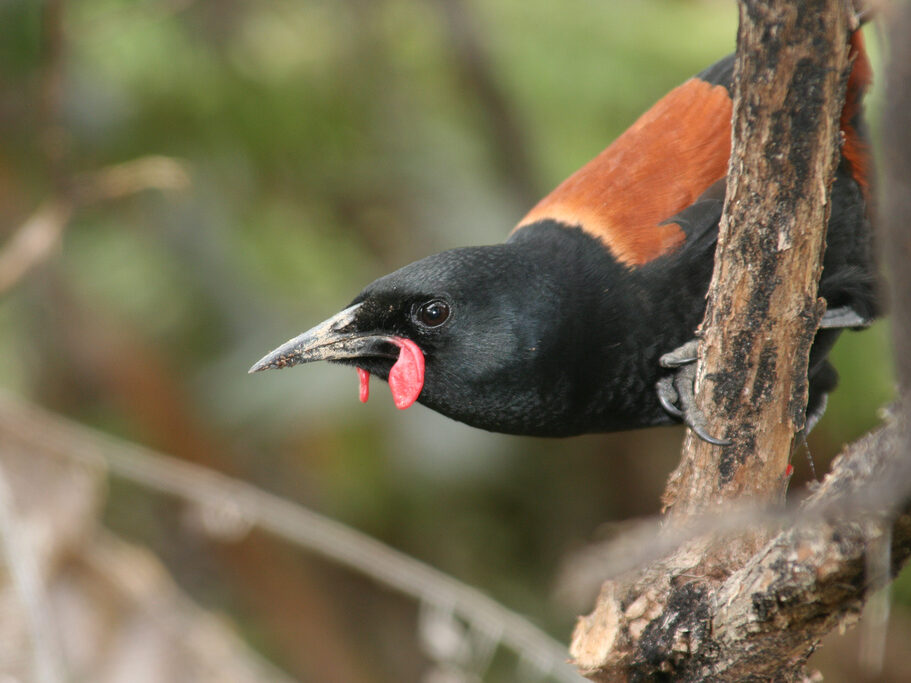If you’re looking for a new feathery friend to obsess over, then look no further than the tīeke (saddleback). There’s more to them than striking black feathers, a chestnut saddle and ruby-red wattles. Here are five reasons this bird deserves a spot in your heart, in no particular order.
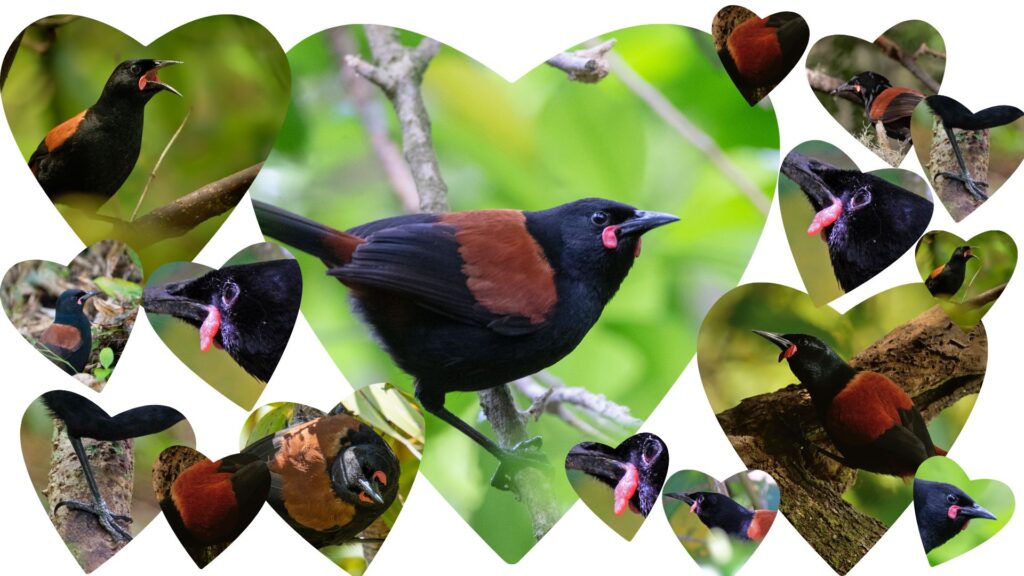
1. They are the ultimate underdogs and comeback kids
Tīeke are incredibly vulnerable to mammalian predators. By the early 1960s, South Island tīeke only survived on offshore islands after humans and introduced predators forced them off the mainland. When a boat accidentally brought ship rats to their island homes and threatened their existence, humans scrambled to rescue them. The NZ Wildlife Service moved 36 birds from their rat-plagued islands to safety. The current population of more than 700 South Island tīeke are all descended from those 36 survivors. It is thought to be the first example worldwide of a bird species being saved from extinction by human intervention.
North Island tīeke are faring better, living on islands but also in mainland fenced sanctuaries.
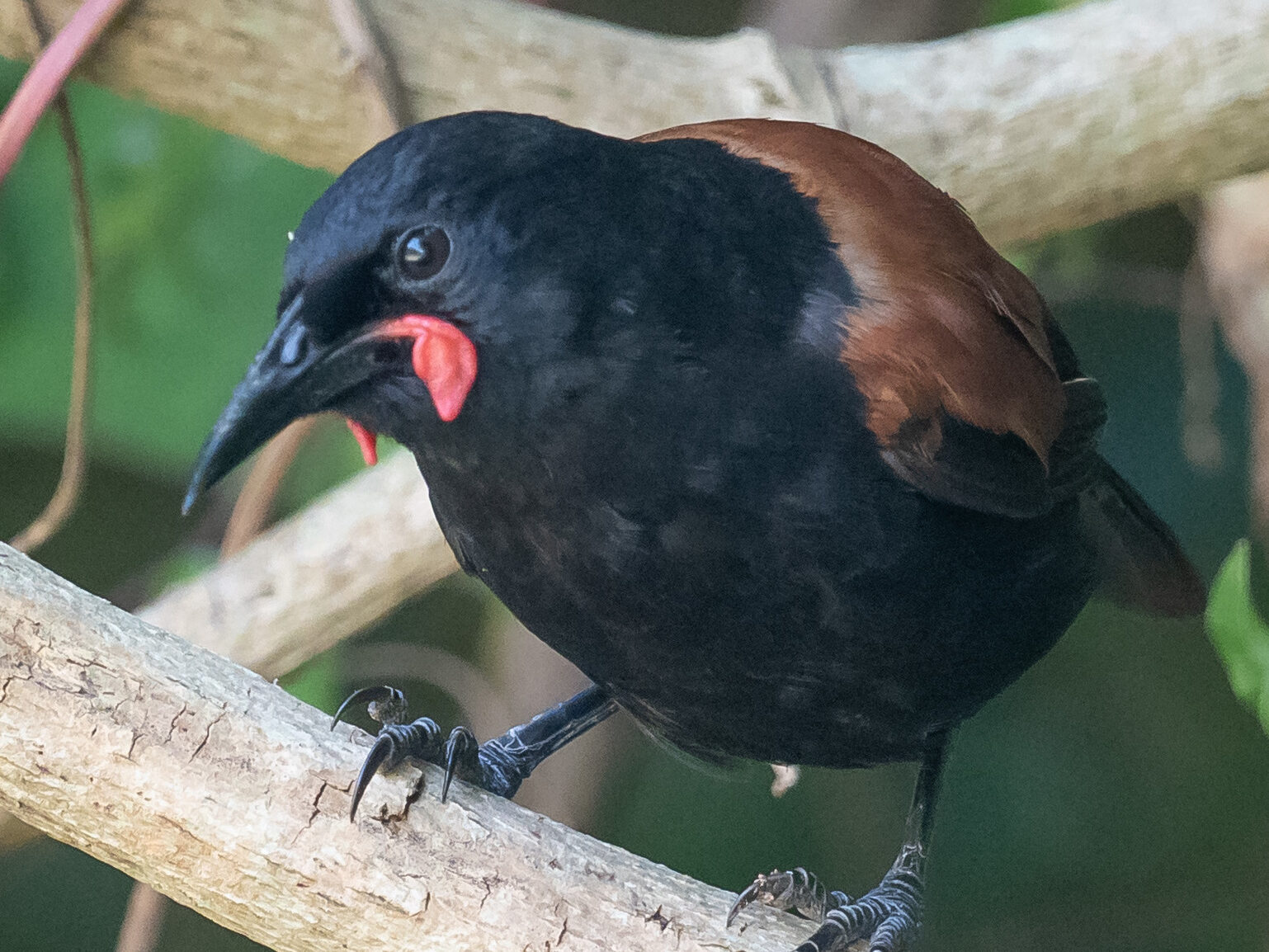
2. They have sturdy legs
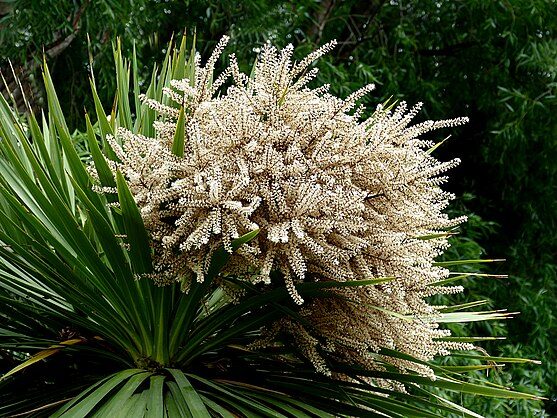
Tīeke use their stout legs to bound through vegetation, and their bills are perfect for chipping away at rotten wood and investigating under tī kōuka (cabbage tree) leaves for food. They are not the strongest fliers, but they know how to use their sturdy legs to get the job done.
3. They have accents
A study has shown that native North Island saddlebacks, isolated from each other on offshore islands for 50 years, developed new songs and seem to have trouble understanding each other.
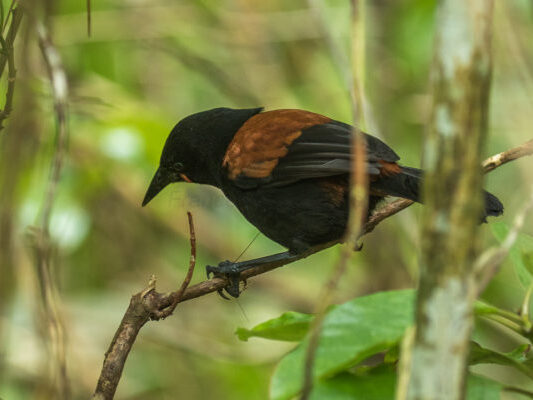
4. They are energetic
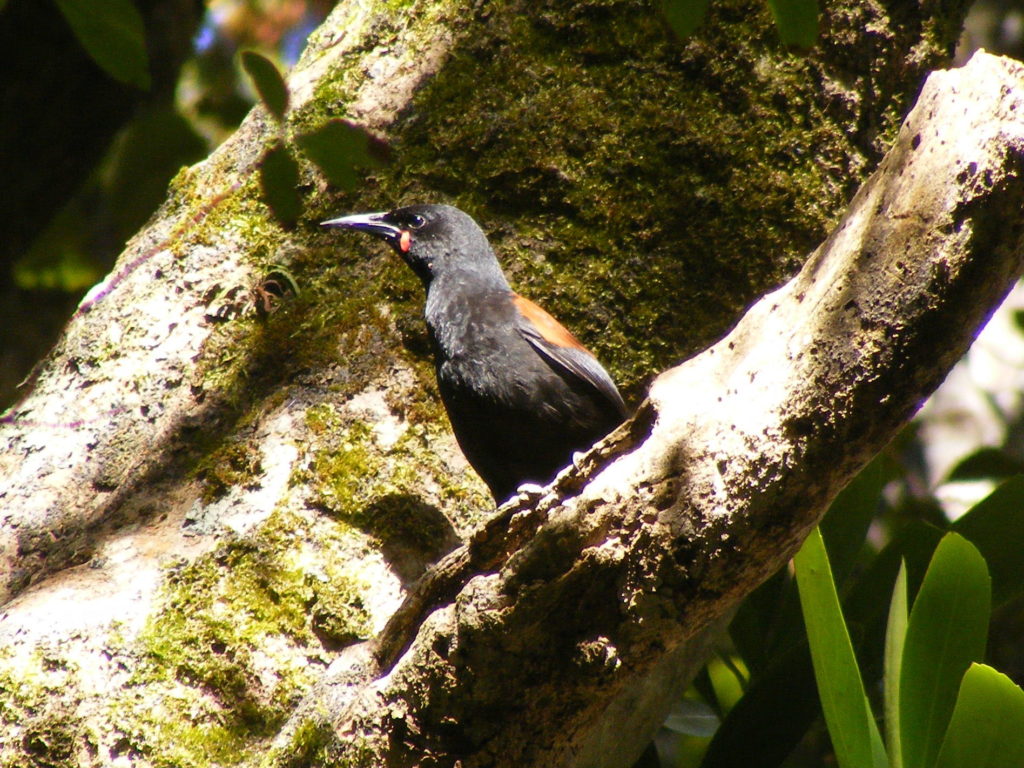
When alarmed, tīeke will give off sharp, rapid cries that sound like their Māori name, tīeke. They’re not just vocal – they are also energetic bathers, splashing water in all directions. This is reflected in the Māori saying that is used when something is being done to excess: me he wai tā tīeke, ‘like the water spread around by a saddleback’.
5. They are the bad boys in Māori tradition
According to Māori tradition, the chestnut saddle was caused by the demi-god Maui. When Maui was lassoing the sun to slow it down, he asked tīeke to bring him some water to cool down. When the tīeke didn’t, Maui grabbed it with his fiery hot hand and burnt its feathers. From that day on, the bird wore a reddish-brown saddle.
